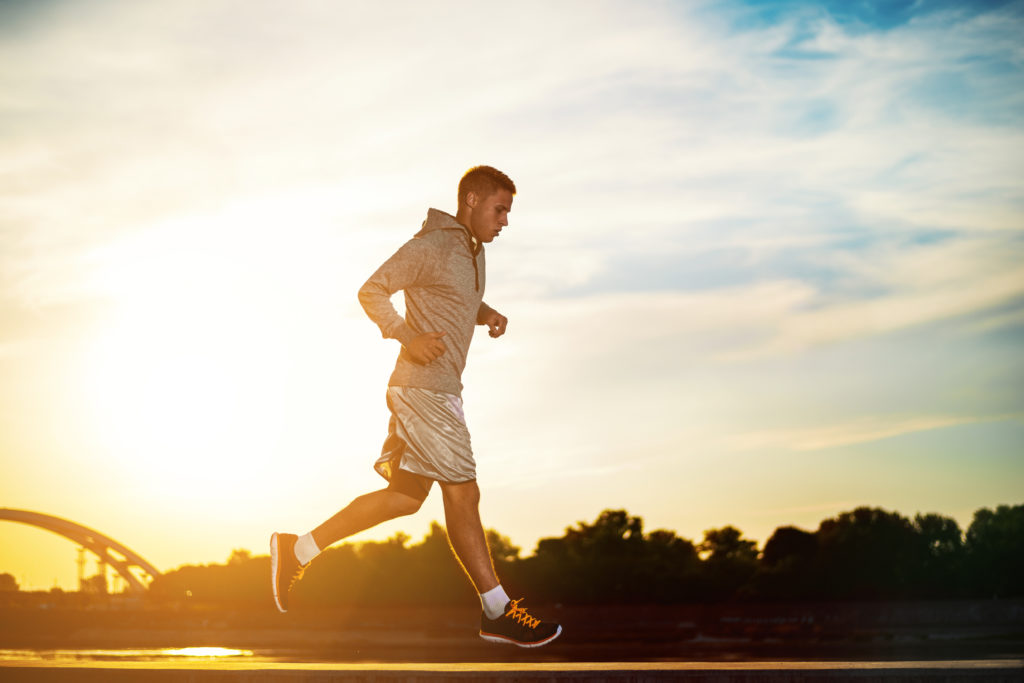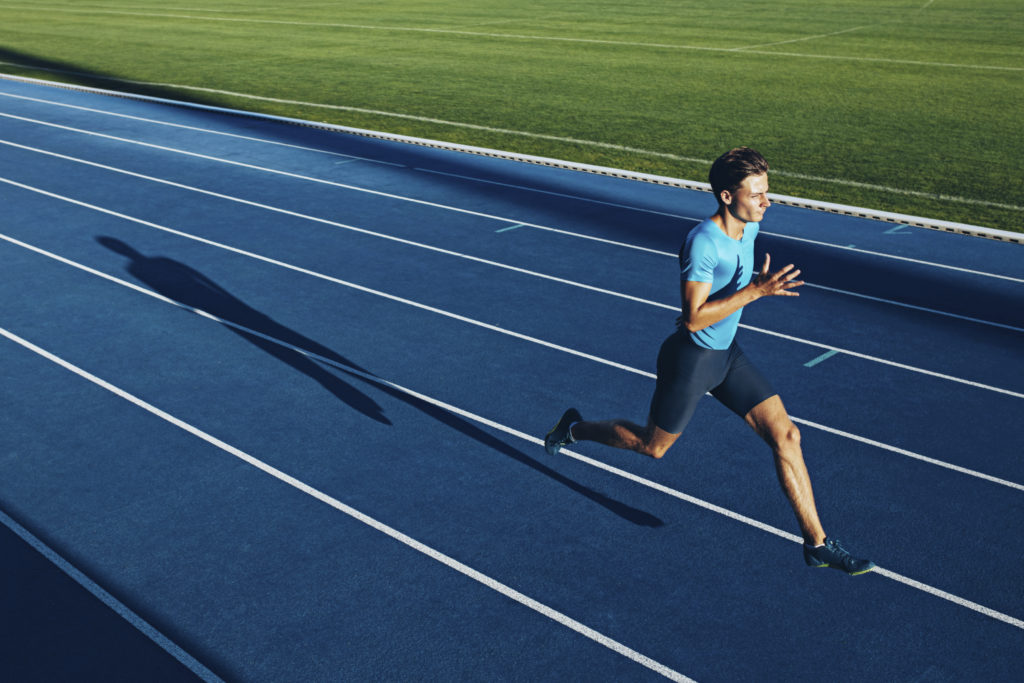Legendary American running coach Jack Daniels observed a remarkable uniformity at the 1984 Los Angeles Olympic Games when he studied the number of steps that Olympic runners, from 800m to the marathon, typically took while competing. All of them, male or female, short or tall, took between 180 to 200 steps per minute, with the higher stride rate – or ‘cadence’ – recorded at the lower end of the distance range.
Daniels discovered that the slower the cadence, the longer you are in the air and the harder you land back on the ground. Hence, slow stride rate means more impact, which can lead to greater risk of injury, while an increased cadence reduces the impact force of running. How many times our feet touch the ground when we run has an effect upon our running economy (lower cadences are more inefficient) and our running form (higher cadence reduces over-striding and impact forces).

Daniels’ research led to running experts citing 180 steps per minute as the gold standard for running economy.
3 ways to up your cadence:
1. Ramp it up.
Spend 5mins running at your natural cadence. Then run 5mins counting your steps at a cadence of 170bpm. Then 5mins running a cadence of 180 steps per minute. Then, for a final 5mins, try to increase it to 180+ steps per minute. Some elite runners achieve a cadence of over 200 steps per minute!
2. Get sprinting.
Leg turnover and speed work can be developed with short, high-intensity running. On a treadmill or running track, run two sets of 4x150m sprints. Take a few minutes recovery before repeating the rep and the set.
3. Get flexible.
Develop good hip and hamstring mobility and flexibility. Spend time working on dynamic exercises to help improve range of motion.

Take the cadence test:
Find a flat, smooth surface – an athletics track is ideal – and time yourself running on it for 60 seconds. Count the number of times your right (or left) foot hits the ground. The resulting figure is your cadence. Doubling this figure again will give you your ‘steps per minute’.
■ 140+ (70 steps per minute on each leg)
This is quite a low stride rate and suggests you may be over-striding, injury prone and inefficient. Consider upping your stride rate.
■ 160+ (80 steps on each leg)
This is a comfortable cadence for many new runners. It could be a sign that you’ve settled into a lot of one-paced running, or are a heel-striker.
■ 180+ (90 steps on each leg)
This is bang on the bull’s eye for economical and injury-free running. Congratulations!






